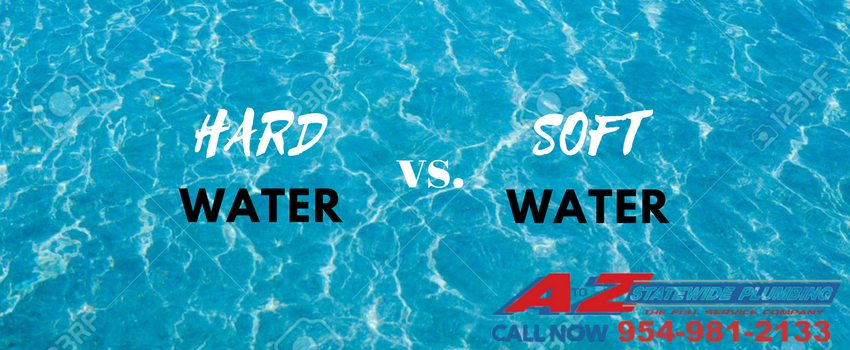
County water authorities treat water from the aquifer to reduce color and hardness before it arrives in our homes and businesses. Fluoridation occurs to prevent tooth decay. Filtration of particles and disinfection with chloramines assures that our water meets state and federal standards.
What Is Hard Water?
Water within the limestone aquifer includes dissolved salts. In some areas, the effects of surface pollution may also enhance the hardness by increasing the water’s acidity. An increase in magnesium and calcium salts leads to harder water, since more soap is required to clean or lather because of the presence of these salts.
What is the Source of Our Water?
The entire Florida peninsula sits atop aquifers, the largest of which is known as the Floridan Aquifer. Closer to home, the Biscayne Aquifer rests about 50 to 200 feet under the ground in parts of Broward, Miami-Dade, Monroe, and Palm Beach counties. Most of our water in southeastern Florida comes from the Biscayne Aquifer.
Is Our Water Different from Water in Other Parts of Florida?
Water hardness varies. Generally speaking, aquifer water from northwest Florida has a hardness of less than 180 parts per million (ppm). In some areas of central and south Florida, hardness may reach over 1900 ppm. Even if the water comes from the same source, local conditions–such as the depth of the aquifer in an area–lead to different levels of hardness. Water in our area tends to have more minerals, so the source of our water’s hardness is somewhat different than in north Florida. Most water authorities treat the water to reduce levels near 85 ppm.
What Can a Water Softener Do to Help?
A properly-installed water softener brings the hardness to levels at or below 60 ppm. This means you will need less soap when you wash or do laundry. Fewer carbonates will get into your pipes and water heater and onto your cooking utensils, clothes, and anything else the water touches.






